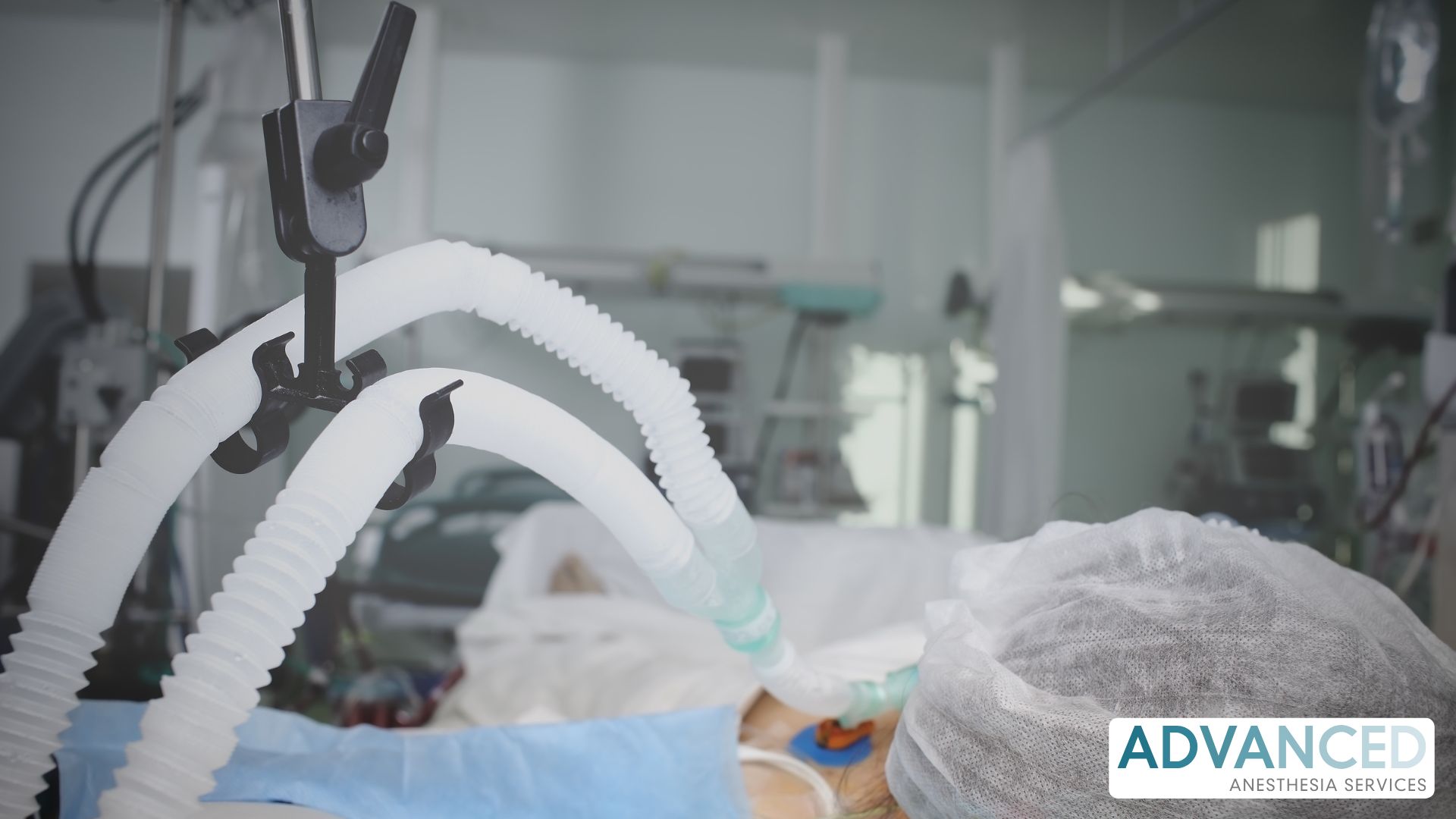
Procedures such as Brazilian Butt Lifts, posterior trunk lifts, flank liposuction, and back roll resections require extended prone positioning. While this position provides optimal surgical access, it introduces challenges for anesthesia providers. Increased airway pressures, impaired venous return, and complex body support arrangements can negatively affect ventilation and hemodynamic stability. Improper ventilation strategies may prolong emergence, increase the risk of postoperative nausea and vomiting, and contribute to rare but serious complications such as increased intraocular pressure. This guide outlines best practices in ventilation, positioning, and monitoring to ensure patient safety during prone cosmetic procedures.
Prior to transitioning a patient into the prone position, anesthesia providers should follow a standardized pre-checklist. The “TOPP” mnemonic can help ensure critical elements are addressed:
Conducting a 10-second pause before repositioning can prevent extended troubleshooting later.
Use lateral chest rolls positioned at nipple level to allow abdominal contents to hang freely. This technique has been shown to reduce peak airway pressure and improve ventilation mechanics. Avoid central bolsters that may increase intra-abdominal pressure.
Select low-profile foam face pillows with a mirrored base. These allow continuous visualization of the patient’s mouth and endotracheal tube for condensation or lip positioning without requiring physical manipulation.
Document hourly checks for eye pressure relief. Designate a callout during the procedure to verify that the eyes remain free from compression. Gel padding should be used for knees and heels to prevent nerve injuries during prolonged procedures.
Ventilation strategy should be tailored to patient anatomy and surgical duration:
Initial settings for PCV-VG may include inspiratory pressure of 18 to 20 cm H₂O, an inspiratory to expiratory ratio of 1 to 1.5, and a positive end-expiratory pressure of 6 cm H₂O. Adjustments should maintain end-tidal carbon dioxide between 35 and 40 mm Hg.
High levels of positive end-expiratory pressure, combined with abdominal compression, can elevate central venous and intraocular pressures. To mitigate this:
Goal-directed fluid therapy remains effective in the prone position and can be guided by stroke volume variation monitors. Targets should include:
Use warmed irrigation solutions and inflow tubing to prevent intraoperative hypothermia.
Extubation strategy should consider patient comorbidities and procedure length:
Always confirm the presence of a cuff leak prior to deep extubation and retain the bite block until the return of airway reflexes.
Monitoring the following outcome metrics can guide quality improvement:
Monthly review of these indicators supports iterative refinement of protocols and training.
Effective ventilation management in prone cosmetic surgery involves careful coordination of airway pressures, positioning techniques, and hemodynamic support. Utilizing structured checklists, appropriate ventilator settings, and continuous monitoring can help maintain patient safety and enhance recovery outcomes. Practices that incorporate CRNAs trained in prone ventilation, hemodynamic optimization, and advanced positioning techniques can elevate both safety and efficiency in the cosmetic operating room.

